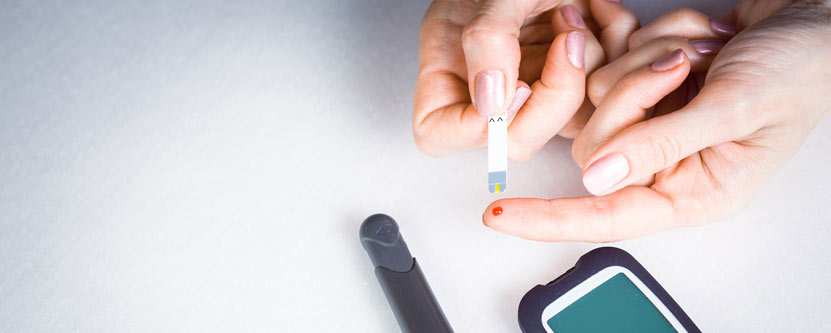Monitoring your own sugar level is important to manage diabetes, mainly because you are in charge! It also helps to
[the_ad id=”6083″]
better understand the condition and its ups and downs. This allows for you to make your free choices about diabetes management, which covers everything from lifestyle modification, diet control, exercise, etc. to taking anti-diabetic medications.
If you are aiming to exercise better or to embark on a complete lifestyle change, measuring your sugar level will tell you exactly what the effects of implementing such changes are crucial. A boost to that much-needed motivation!
How to Measure your sugar level
Glucometers, measuring strips, and lancets (pricking needles)
A glucometer is a device that you can use at home to measure your sugar level. You need to insert a strip into the glucometer, prick your finger with a lancet, and place a drop of blood on the strip. The results are then displayed digitally on the screen of the glucometer.
Recording your results in a diary against the calendar date or on a smartphone app (as linked to your brand of glucometer) every time you measure your sugar level is imperative for noticing changes in your sugar level levels as time goes by. The recorded results will also come in handy during a discussion with your healthcare provider, in addition to your periodic lab reports.
Choosing the right glucometer
Today there are many glucometers available; one is spoiled for choice. But before choosing a glucometer, remember the best way is to go through relevant reviews, ask your friends, and see what they use; and of course, you must ask your pharmacist too. There are several options today for the tech-savvy. But remember, the most expensive may not be the best buy. Just make a measured decision!
When to Measure Your Sugar Level
The most common times to test your sugar level are before and after a meal to see how your sugar levels respond. If you are on anti-diabetic medications, it is also advisable for you to test your sugar level before a taxing activity, such as driving, using heavy power tools, or doing strenuous exercise.
However, once you find that your sugar levels after breakfast or a meal are the same for three continuous days, you can consider measuring less frequently, after consulting your doctor. Besides this, there are also a few dos and don’ts to keep in mind.
Do’s and Don’ts in Self-Monitoring of Sugar Level
- Initially, it will be a good idea for you should test your glucose levels before and after a meal. You can also measure your glucose levels before sleeping and after waking up until you are more confident about your sugar level.
- Ensure to wash your hands and dry them thoroughly and insert a new needle into your lancet device for every reading. This is to ensure that there are no contaminants to alter your reading, and it also prevents diluting the blood drawn.
- Learn about your glucometer and be familiar with how it works.
- Use a branded glucometer instead of a generic glucometer.
- Do not place your glucometer where the heat may be, it must be stored in cool or cold conditions.
- Do not fail to record your results in your diary regularly.
- Do not prick at the center of your fingertip, as it more painful. Rather prick the sides.
Following these basic dos and don’ts will ensure you obtain optimal measurements!
Source:

